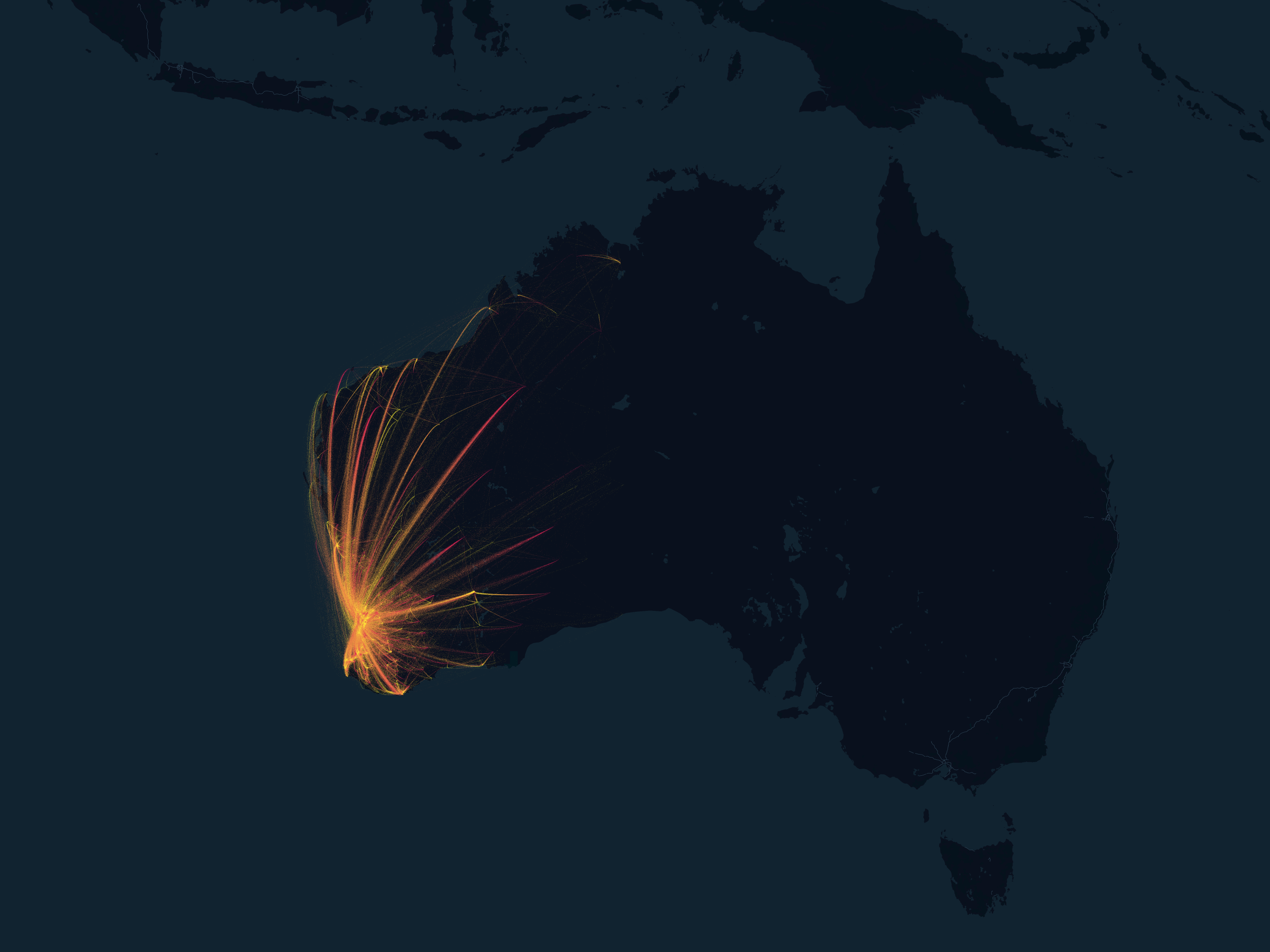Search
Research
A fractional land use change model for ecological applicationsBy mapping land use under projections of socio-economic change, ecological changes can be predicted to inform conservation decision-making. We present a land use model that enables the fine-scale mapping of land use change under future scenarios. Its predictions can be used as input to virtually all existing spatially-explicit ecological models.
Research
The prevalence of tuberculosis and malaria in minority indigenous populations of South- East Asia and the Western Pacific Region: a systematic review and meta-analysisInfectious diseases have been shown to disproportionately affect indigenous populations. Tuberculosis (TB) and malaria continue to impose a significant burden on humanity and are among the infectious diseases targeted within the 2030 Agenda for Sustainable Development.
Research
Inequalities in excess premature mortality in England during the COVID-19 pandemic: A cross-sectional analysis of cumulative excess mortality by area deprivation and ethnicityTo examine magnitude of the impact of the COVID-19 pandemic on inequalities in premature mortality in England by deprivation and ethnicity.
Research
Community knowledge, attitude, practices and beliefs associated with persistence of malaria transmission in North-western and Southern regions of TanzaniaDespite significant decline in the past two decades, malaria is still a major public health concern in Tanzania; with over 93% of the population still at risk. Community knowledge, attitudes and practices, and beliefs are key in enhancing uptake and utilization of malaria control interventions, but there is a lack of information on their contribution to effective control of the disease.
Research
Seroprevalence and associated risk factors of selected zoonotic viral hemorrhagic fevers in TanzaniaTo determine the seroprevalence of selected zoonotic viral hemorrhagic fevers (VHFs) and their associated risk factors in Tanzania.
Research
Global, regional, and national mortality among young people aged 10–24 years, 1950–2019: a systematic analysis for the Global Burden of Disease Study 2019Documentation of patterns and long-term trends in mortality in young people, which reflect huge changes in demographic and social determinants of adolescent health, enables identification of global investment priorities for this age group. We aimed to analyse data on the number of deaths, years of life lost, and mortality rates by sex and age group in people aged 10-24 years in 204 countries and territories from 1950 to 2019 by use of estimates from the Global Burden of Diseases, Injuries, and Risk Factors Study (GBD) 2019.
Research
WALLABY Pre-Pilot Survey: The effects of angular momentum and environment on the H i gas and star formation properties of galaxies in the Eridanus supergroupWe use high-resolution ASKAP observations of galaxies in the Eridanus supergroup to study their H i, angular momentum, and star formation properties, as part of the WALLABY pre-pilot survey efforts.

Research
Modelling the COVID pandemic with the Geographical COVID-19 Model (GEO-COV)Researchers have developed a new model for simulating covid-19 outbreaks in Western Australia.

Research
COVID-19 in Ethiopia: A geospatial analysis of vulnerability to infection, case severity and deathCOVID-19 has caused a global public health crisis affecting most countries, including Ethiopia, in various ways. This study maps the vulnerability to infection, case severity and likelihood of death from COVID-19 in Ethiopia. Thirty-eight potential indicators of vulnerability to COVID-19 infection, case severity and likelihood of death, identified based on a literature review and the availability of nationally representative data at a low geographic scale, were assembled from multiple sources for geospatial analysis. Geospatial analysis techniques were applied to produce maps showing the vulnerability to infection, case severity and likelihood of death in Ethiopia at a spatial resolution of 1 km×1 km.
